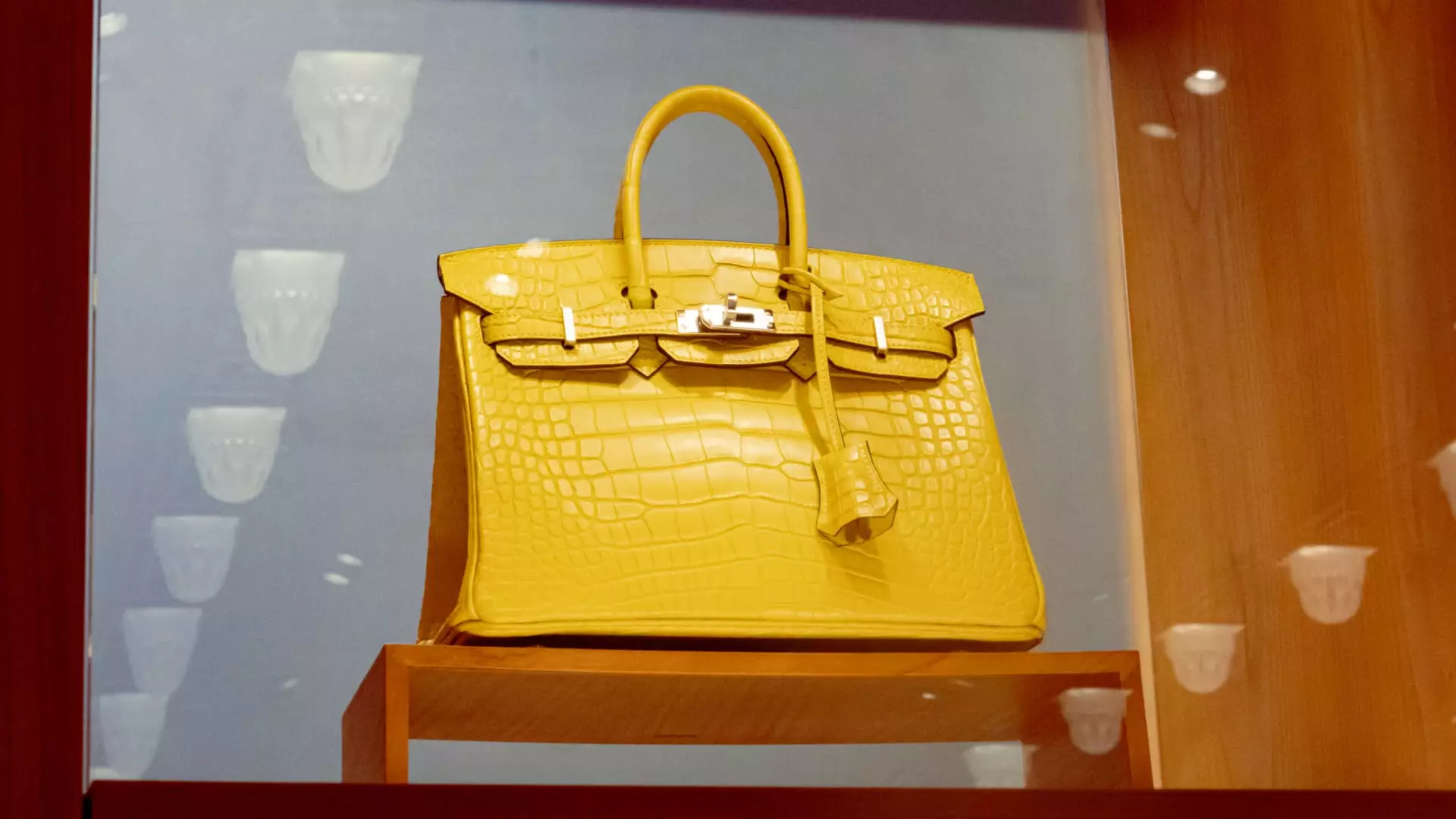Luxury fashion house Hermes recently surprised industry analysts with a robust increase in its fourth-quarter sales figures, indicating that the demand for high-end products remains resilient despite a challenging economic climate. For the period ending December 31, Hermes reported revenues of 3.96 billion euros ($4.15 billion), reflecting a 17.6% year-on-year increase when adjusted for constant exchange rates. This performance outstripped the predictions of LSEG analysts, who had forecasted revenues of 3.69 billion euros. Such figures underscore Hermes’ continued allure among consumers, as the brand’s products—particularly the iconic Birkin bag—retain their status as coveted luxury items.
Examining the full-year performance reveals Hermes’ ability to navigate the complexities of the luxury market effectively. The company saw a 14.7% increase in sales for the entire year, reaching 15.2 billion euros, again surpassing analyst expectations of 14.94 billion euros. The market responded positively to these results, with company shares rising 4.19% shortly after the London stock exchange opened. Such stock performance often reflects investor confidence in the brand’s ability to maintain its market position despite broader economic uncertainties affecting the luxury sector.
Hermes has managed to remain somewhat insulated from the challenges facing other luxury brands, which have struggled with rising costs and stagnant innovation. Executive Chairman Axel Dumas attributed this resilience to the unwavering loyalty of Hermes’ customer base. He emphasized that the company’s performance during turbulent economic times demonstrates the robustness of the Hermes business model, which emphasizes exclusivity and high-quality craftsmanship. Dumas noted that 2024 might present its own set of economic and geopolitical challenges, yet the company appears poised to navigate these hurdles.
Sales growth was reported across multiple regions, with notable performance in the Asia-Pacific area excluding Japan. In this segment, Hermes recorded a “remarkable” year-on-year rise of 9% in the fourth quarter, even as the broader Chinese luxury market showed signs of weakness. This trend underlines Hermes’ unique positioning and appeal in markets that might be faltering for other brands.
A closer examination of product segments reveals that Hermes’ leather goods and saddlery division, accounting for almost half of the brand’s total revenue, experienced a staggering growth of 21.7% in the fourth quarter. This segment’s strong performance highlights Hermes’ commitment to luxury craftsmanship and the enduring appeal of its leather goods, which remain integral to the brand’s identity.
In a forward-looking statement, the company expressed an optimistic outlook for continued revenue growth in 2025, although explicit figures were not disclosed. Dumas remarked on the house’s preparedness to tackle the uncertainties that may lie ahead, emphasizing that it is still premature to predict a turning point in the wider luxury market. Such cautious optimism reflects Hermes’ strategic approach, suggesting that while challenges may loom, the brand is ready to tackle them head-on with confidence and agility.
Hermes stands as a testament to resilient luxury, leveraging strong customer loyalty and premium craftsmanship to defy the odds in a turbulent market. As the company moves into 2024, it remains an intriguing beacon for luxury fashion, embodying the power of brand equity amidst adversity.

